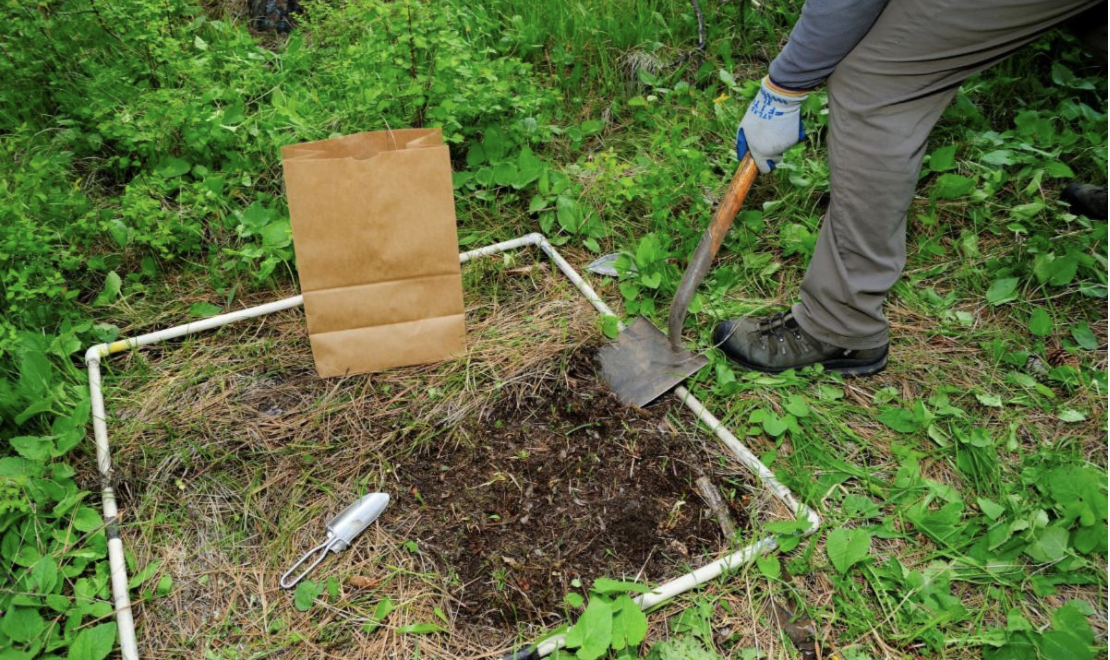Fast and efficient fuel loading estimates for fire-prone ecosystems are vital for accurately predicting fire behavior and effects. Scientists developed a new method for creating photoload sequences in the field. Using this procedure, land managers will be able to create locally relevant photoload sequences more quickly to assess the fuel loads for their area. A new handbook details the 12 major steps involved in creating a set of photoload sequences, from finding representative sample locations to creating the final product—a set of field-ready photoload sequences.

